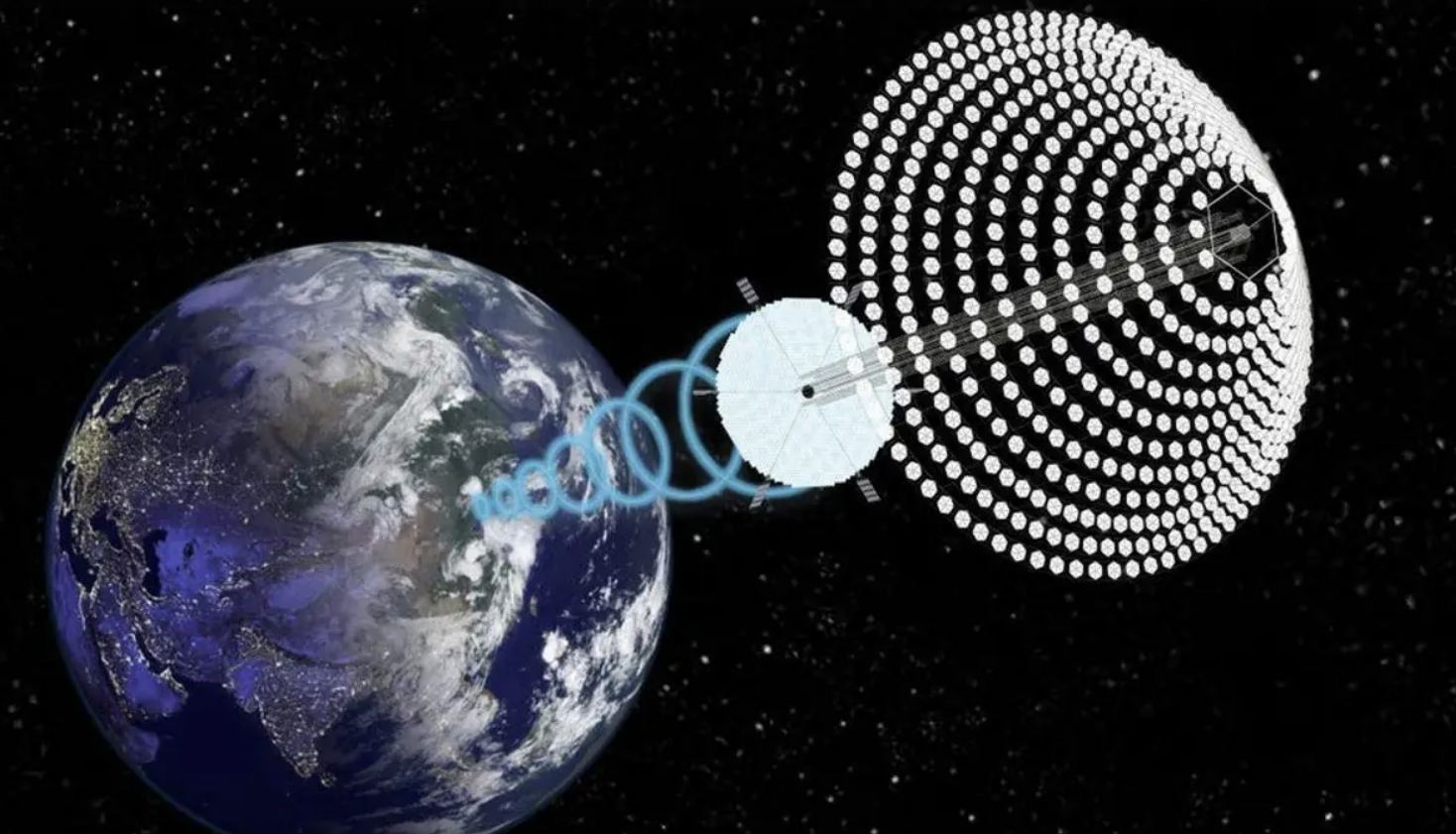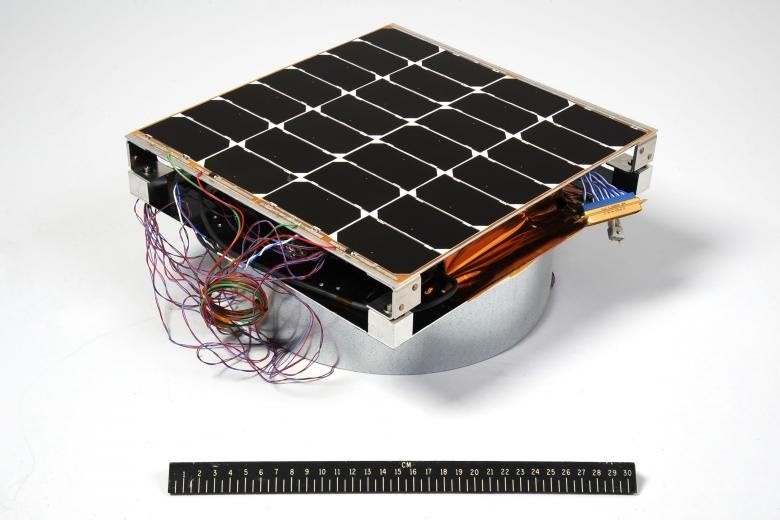Space-based solar power (SBSP) has been in the news recently, with the successful test of a solar power demonstrator in space taking place last summer. While the concept is fundamentally sound, there are plenty of hurdles to overcome if the technology is to be widely adopted – not the least of which is cost. NASA is no stranger to costly projects, though, and they recently commissioned a study from their internal Office of Technology, Policy, and Strategy that suggests how NASA could continue to support this budding idea. Most interestingly, if the technological cards are played right, SBSP could be the most carbon-efficient, lowest-cost power source for humanity by 2050.
Continue reading “New NASA Report Suggests We Could See Space-Based Power After 2050”Could Space-based Satellites Power Remote Mines?
Many space-based technologies are still looking for their “killer app” – the thing that they do better than anything else and makes them indispensable to whoever needs to have that app to solve a problem. At this point in the development of humanity, most of those killer apps will involve solving a problem back on Earth. Space-based solar power satellites are certainly one of those technologies.
They have the potential to fundamentally transform the energy industry here on Earth. But they need that one “killer app” to get people interested in investing in them. A study from a group of researchers at the Colorado School of Mines looked at one potential use case – powering remote mining sites that aren’t connected to any electric grid. Unfortunately, even at those extremes, solar power satellites aren’t yet economical enough to warrant the investment.
Continue reading “Could Space-based Satellites Power Remote Mines?”The Navy is Testing Beaming Solar Power in Space
Solar power has become a focal point of the battle to mitigate climate change. The potential of solar power is massive – Earth receives as much solar energy in an hour as all of humanity uses in a year. Even with that much energy hitting the Earth, it is only a tiny fraction of the sun’s overall output. Some of that other solar energy hits other planets, but most is just lost to the void of deep space.
There are a number of groups that are leveraging various technologies to capture some of that lost energy. One of the most common technologies being pursued is the idea of the power satellite. Recently, one of those groups at America’s Naval Research Laboratory (NRL) hit a milestone in the development of power satellite technology by launching their Photovoltaic RF Antenna Module (PRAM) test satellite.
Continue reading “The Navy is Testing Beaming Solar Power in Space”


